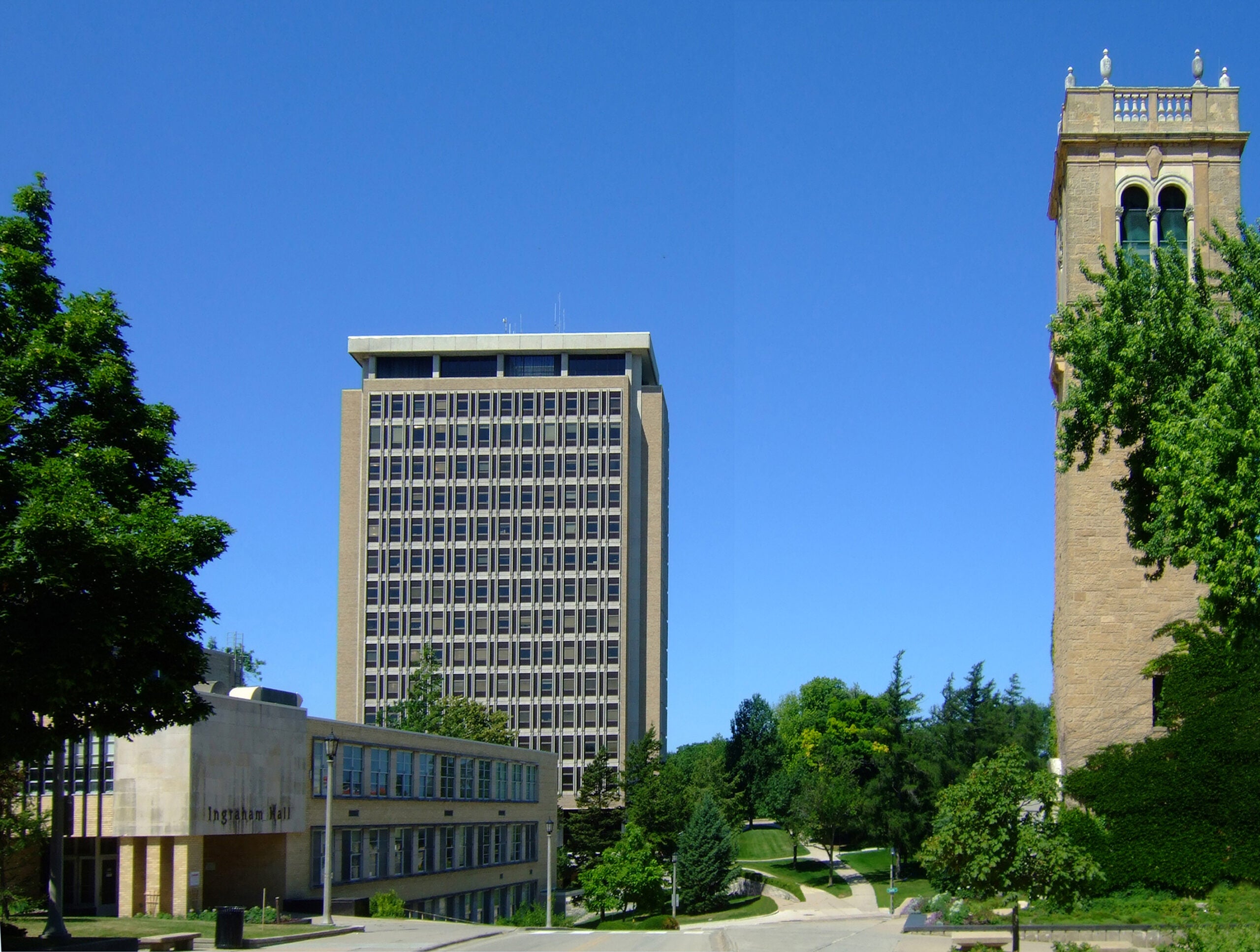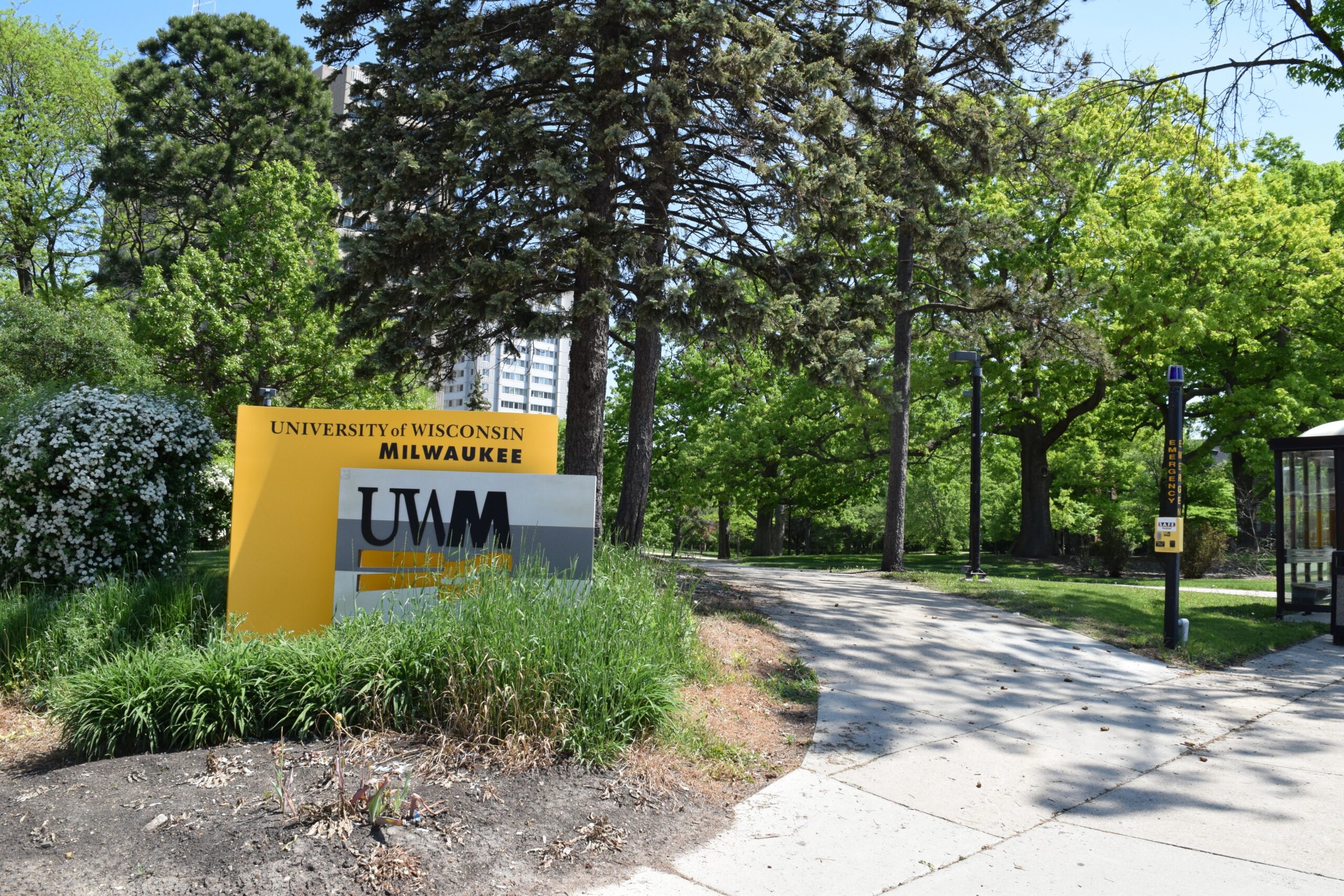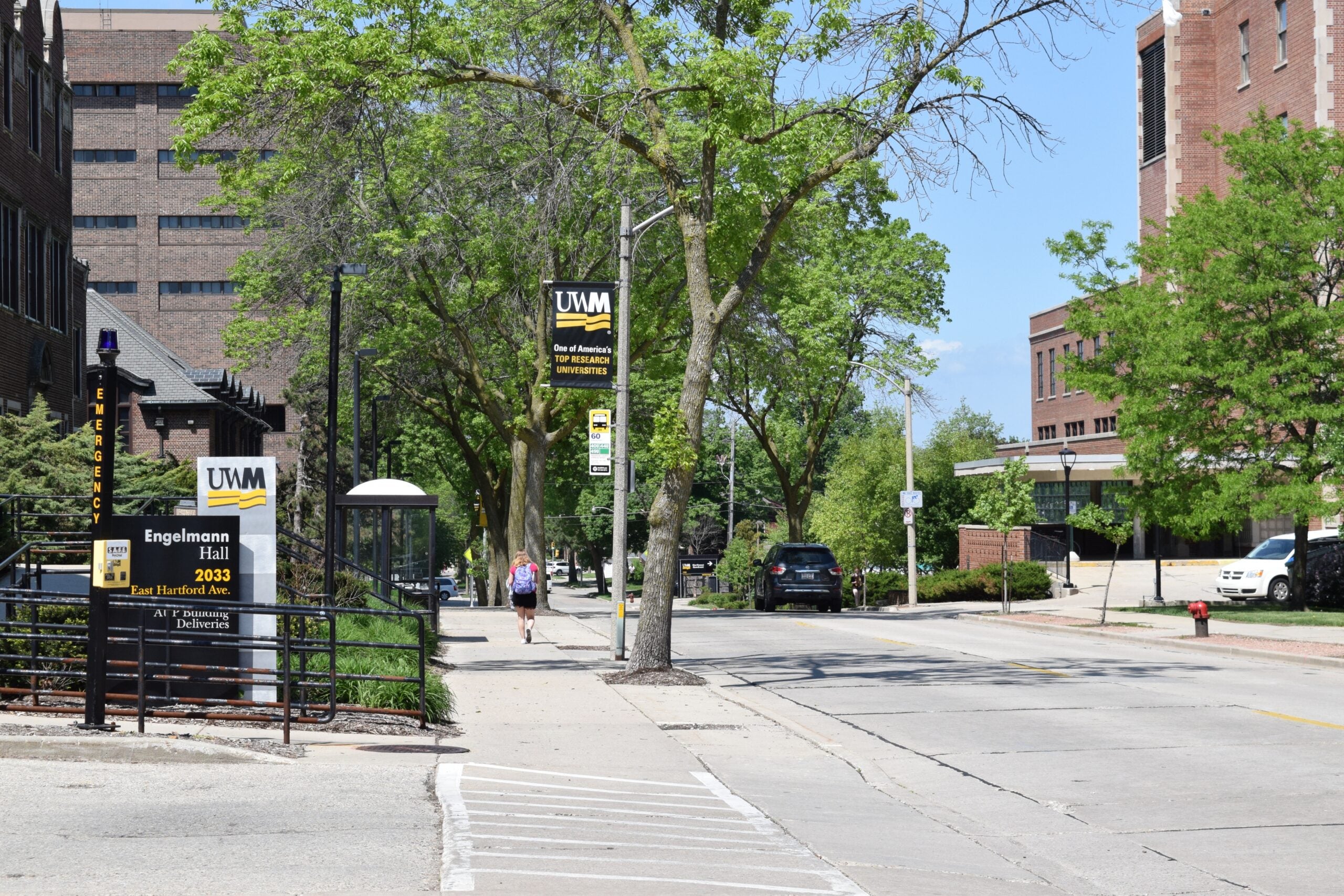The number of administrators working within the University of Wisconsin System grew between 2014 and 2017 amid a statewide decline in the number of faculty.
Between 2014 and 2017, the overall number of faculty members at the state’s two-year and four-year campuses dropped by 491 positions. That works out to a decline of around 7.7 percent. But during the same timeframe the total number of employees categorized as “administration and academic leaders” grew by 53 positions for an increase of 3.5 percent.
The 2018 restructuring of the UW System merged the state’s two-year colleges with its four-year universities and shifted UW-Extension services, including Wisconsin Public Radio, to UW-Madison. Because of that, the system says those numbers aren’t comparable to prior years.
Stay informed on the latest news
Sign up for WPR’s email newsletter.
In an interview with WPR, system spokesman Mark Pitsch said that comparing data for individual campuses and institutions between 2014 and 2018 can show large increases in administrative staff that aren’t really there.
“As far as taking a look at the administration, it’s a little bit of an apples-to-oranges comparison because in 2018, those numbers reflect our big restructuring,” said Pitsch.
Comparisons of data from individual campuses show growing administrative departments.
For example, UW-Oshkosh added 21 administrators between 2014 and 2017 for a growth rate of 30 percent. At the same time faculty declined by 20 positions for a decrease of just more than 6 percent. Asked by WPR about those numbers, communications staff at UW-Oshkosh referred questions to UW System administration.
UW-Madison’s faculty numbers decreased by 80 positions between 2014 and 2017, according to system data. That works out to around a 4 percent decrease. At the same time, administration grew by 52 positions or just more than 11 percent.
An email from UW-Madison spokeswoman Meredith McGlone included faculty numbers that were different than those from UW System. She said the campus had 2,133 faculty members in 2017 when the system put the number at 2,044. McGlone said the figures are nearly identical to the campus’ faculty numbers from 2011.
As for the growth of UW-Madison’s administration, McGlone said it’s related to increased regulations.
“We’ve hired a number of administrators in response to new or expanded regulations and to enhance student safety and well-being (for example, more mental health counselors and more sexual violence support personnel),” wrote McGlone.
McGlone said that UW-Madison’s administrative expenses are lower than other Big Ten universities.
Administrations grew at six state-owned universities and the former UW-Extension while faculty numbers fell at every four-year campus except UW-Whitewater and UW-Parkside. The former UW-Colleges also shrunk the size of its faculty.
The growth of administration within colleges and universities is not unique to Wisconsin but the state’s numbers exceed national trends. According to the National Center for Education Statistics (NCES), the number of employees categorized as “management” at public and private postsecondary institutions grew by just under 3 percent between 2013 and 2017. At the same time the number of faculty members nationwide remained relatively stable.
“It is true nationally there has been a long-term rise in administrative staff,” said Richard Vedder, professor emeritus of economics at Ohio State University who has studied the growth of administration in higher education. “Many people call it administrative bloat at colleges and universities, and I think Wisconsin is showing that too.”
Vedder said that over time colleges and universities have been spending more on administrative staff. But he said the UW System figures stand out.
“So, what’s somewhat unusual about Wisconsin is the administrative staff is going up and the faculty instructional staff is reported to be going down. That’s a little bit unusual.” Vedder said.
And while he acknowledges more state and federal reporting requirements for campuses, Vedder said he doesn’t suspect those requirements account for all administrative growth.
In terms of what the system spends on college and university administration, Pitsch said Wisconsin is below peer institutions.
“The administrative costs at UW System schools is well below the national average and our peers,” said Pitsch.
According to UW System data, Wisconsin spent $2,448 per student on administration in 2018 while the national average was $3,575 per student.
As for the decline in the number of UW faculty between 2014 and 2018, Pitsch attributed some of that to retirements.
“But we also recognize that our faculty, on average, are not being paid the same as their peers,” said Pitsch. “Our faculty are roughly 16 percent or 17 percent below their peers. That’s the reason why we proposed a 3 percent pay raise in the first year of the biennium and a 3 percent in the second year.”
According to data published by the UW System, faculty within the UW System made nearly 16.5 percent less in the 2017-2018 school year than those working at peer institutions.
Editor’s note: Wisconsin Public Radio is a service of the University of Wisconsin-Madison and the Wisconsin Educational Communications Board. An earlier version of this story said one reason for the changes in positions is because of human resources systems. That has been corrected.
Wisconsin Public Radio, © Copyright 2025, Board of Regents of the University of Wisconsin System and Wisconsin Educational Communications Board.




